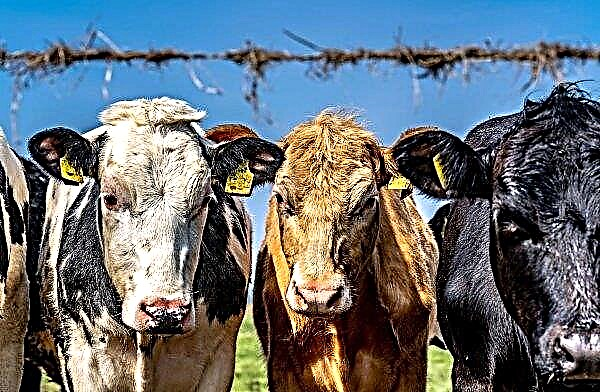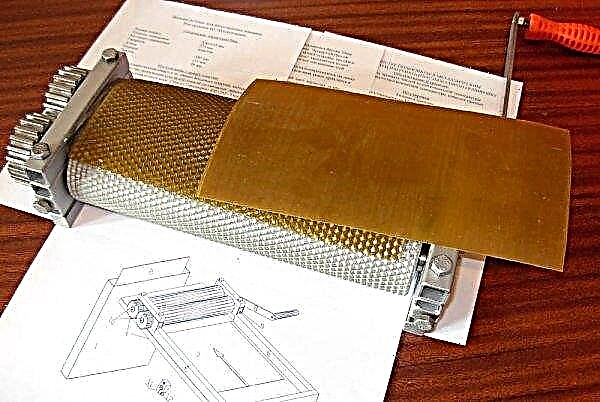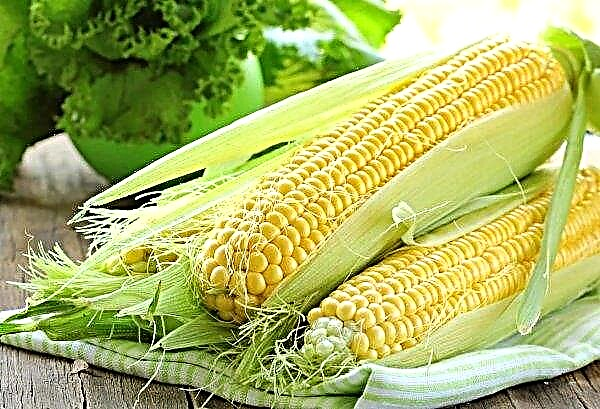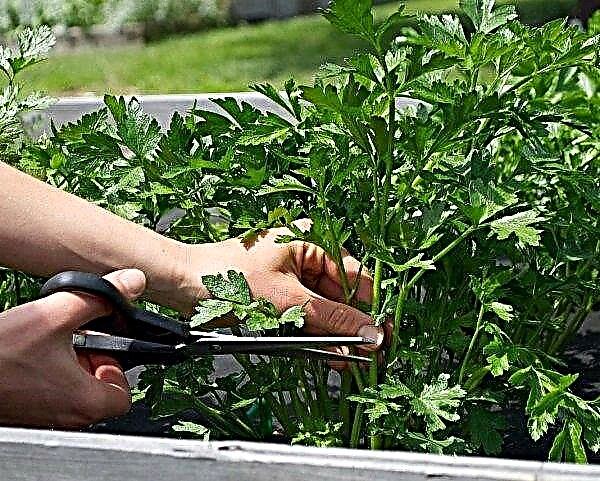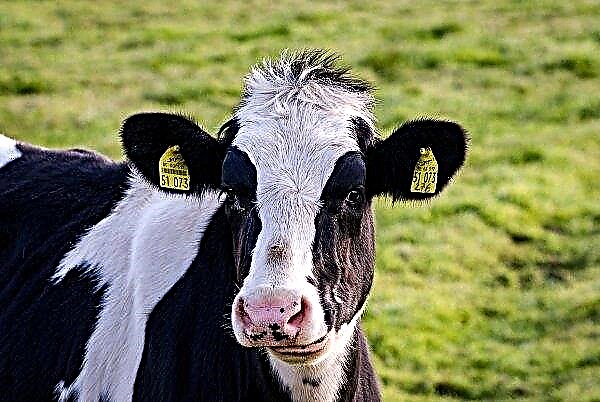Millet is a plant in the Cereals or Bluegrass family. In Russia, 8 species of this plant grow, of which the most common are ordinary (sowing) and capitate (bristled) millet. It tolerates heat and is suitable for growing on dry soil. In agriculture, millet ordinary is cultivated, from which millet is obtained. Since this plant is thermophilic, they sow it in late spring, and they begin to harvest it from the middle of summer.
When millet is harvested
Millet harvesting begins when the panicles are 3/4 ripe or the grains in their middle part have reached waxy maturity. The moisture content of the grain varies with the degree of wax maturity: at the beginning, its index is 40–36%, in the middle 35–25%, at the end 24–21%. When the panicles begin to fully ripen, the moisture content of the seeds is 20–18%, and for ripened and ready-to-harvest plants, 17%. If you keep it standing, in a strong wind, the grains may crumble, so cleaning should be done in a timely manner.
Did you know? Millet began to be cultivated in China in the III millennium BC. It was the main grain crop of this country, until rice took its place.
The place of sowing of the crop affects the rate of maturation of grains. Millet growing in a lowland ripens longer than that which grows on a hill.
Sowing is carried out in May, when the soil is sufficiently warm. Harvest from mid-July to the second half of August, depending on the degree of maturation of the seed and plant varieties. Due to the fact that the grain ripens gradually, millet is removed in various ways.

Harvesting Methods
When harvesting, it is very important that as few grains as possible fall to the ground. There are two methods for harvesting millet:
- direct combining;
- separated.
That how it is better to harvest depends on the degree of ripening of the crop, weather conditions and the condition of crops. The main method is direct combining, but a separate method of harvesting has some advantages, as it leads to lower crop losses.
Direct combining as the main method
With this method, harvesting is started when the seed is 80–90% ripe and its moisture content is 14–18%. The difficulty of harvesting by direct combining is that for this it is necessary that the grain is fully ripe. However, the ripening of the culture occurs with a large gap due to the seeding (underdeveloped shoots that formed later than the rest as a result of extended or abundant tillering), and when the plants are lodged. In this regard, it is difficult to determine the timing of harvesting by this method.
In addition, since it is not possible to remove all fields at the same time, part of the crop overrides, which leads to losses due to shedding of grains.

Separate method
The peculiarity of this method is that harvesting takes place in two stages. Initially, the plant is mowed when the grains are in the stage of wax ripeness, their moisture content is not more than 28%, and they do not crumble. The millet is cut into rolls and left to ripen for 4-6 days, depending on the region and weather conditions. The separate method makes it possible to start harvesting earlier, without waiting for the seeds to fully ripen on the stem, and can reduce losses from shedding overripe millet.
Important! The separate method is divided into a typical separate cleaning (rolls are threshed after 3-4 days) and two-phase (threshing occurs on the day of mowing).
Despite the advantages of this method over direct combining, its use is not always advisable. It all depends on the quality of tillage and sowing. If as a result of poor processing on the field there are a lot of potholes, breakup and dump furrows, then a separate method in this case can lead to significant crop losses. This is due to the fact that the pick-up wheel will run into the furrows and pass over the rolls in a skewed state, without completely capturing them. When lowering the pick-up, it will grab the ground with the rolls.
In addition, due to the unevenness of the soil, the quality of the cleaning operations on the combine will be worse, and the inability to install the cutting apparatus at a low cut will lead to an increase in grain loss during harvesting.

Cleaning process
The whole process of harvesting millet occurs in three stages: mowing, threshing, drying. At each stage, a certain amount of work is performed. Mowing and threshing are done by combines. The last step is drying, after which the grain is sent for storage. The quality of the finished product depends on how well the cleaning process is performed.
Mowing
When the plant has reached maturity, it is mowed by combines, choosing the method most suitable for this field. If the mowing is carried out by direct combining, the separation of the stalk into grain and straw (threshing) occurs immediately. In a typical separate harvest, the stalk is mowed first and threshed in a few days.. A cut during mowing is done at a height of 15-17 cm. The thickness of the roll should be no more than 25 cm, so that it is convenient to collect it with a combine.
The best time for harvesting is morning or evening, at this time the grain crumbles less. Mowing during two-phase cleaning is carried out by devices that are equipped with stem lifters and are adjusted for cleaning in difficult conditions. When the stem of the plant is straight, mowing it is easy; Better millet should be cut across or at an angle to the direction of bedding.
Threshing
If with direct combining, threshing is done simultaneously with mowing, then with a separate method, this operation is done some time after the stem is mowed. The threshing process consists in separating the plant seeds from the stem. Thresher is threshed with combines using a special device called a reaper. The quality of the threshing depends on the moisture content of the grain and the cleanliness of the field: there should be no weeds on it.

Drying
This is the final step in the harvest process. The purpose of drying is to reduce the amount of moisture in the seeds to an indicator at which they can be stored for a long time. The degree of humidity depends on how much grain will be stored: if not more than 6 months, its moisture content should be 14%, and if it is a year, then 13%.
There are three main drying methods:
- convective;
- conductive;
- recirculation.
Did you know? One of the attractions of mountain Nepal is the Tonga alcoholic beverage, which is made from fermented boiled millet.
The most common is the convective method., which is used in almost all stationary grain drying machines. Its essence lies in heating grain with warm air with low humidity. Thus dried millet can be stored for a long time, while its taste and presentation do not change.

Millet storage rules
Threshed and dried millet is stored in granaries, after preliminary disinsection with a wet, aerosol or gas method. Before loading into storage, dry and clean grain is cooled to +12 ... + 15 ° С. Store millet in bulk or in bags. In the silos of the elevator, the thickness of the embankment of grains should be no more than 15 m, and in grain storage facilities of the floor type - 2.5 m. Bags with millet are stacked in piles up to 15 m high.
During storage, grain is constantly monitored, checking the temperature in the embankment, humidity, the presence of insects and ticks. With reliable storage, the temperature in the embankment should not exceed + 10 ° С. If the temperature of millet rises, it is cooled by active ventilation.
Important! Microorganisms actively develop in grain with a moisture content above 12%; therefore, the temperature in the embankment should be controlled and its increase not allowed.
So, since millet in panicles ripen gradually, it is most advisable to harvest the crop by a separate method. Its advantage is that the grain ripens already in the rolls and crumbles less. Direct combining is best used when weather conditions allow you to wait until the seeds fully ripen, or the field before sowing was poorly cultivated. A correctly selected method makes it possible to harvest without unnecessary losses, and well-threshed and dried grain is stored much better.

